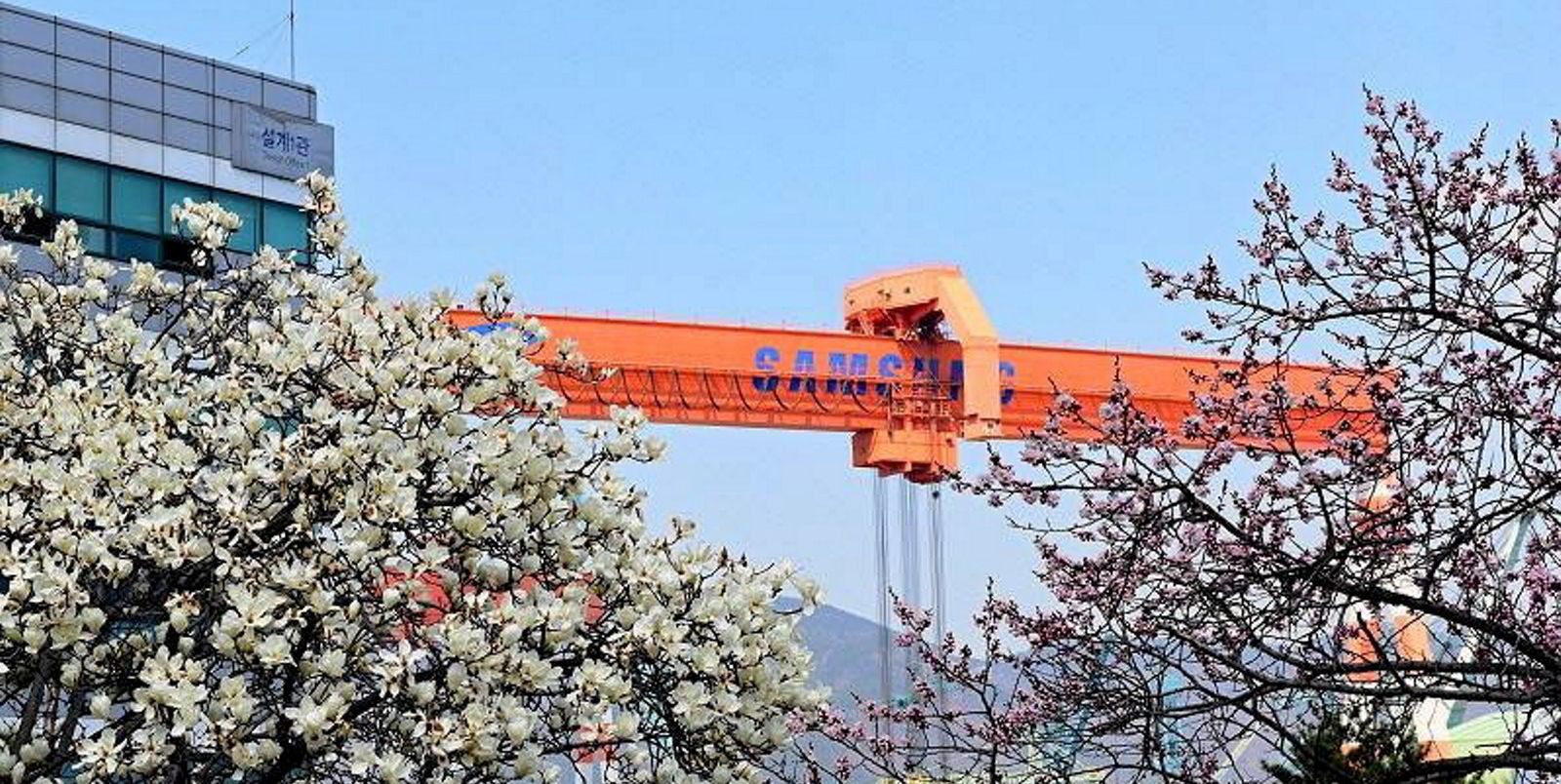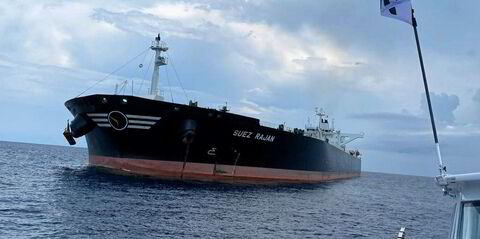John Fredriksen’s Flex LNG is warning of tougher times ahead as part of the large newbuilding orderbook is delivered.
Chief executive Oystein Kalleklev said: “Over the next two years, we do see a somewhat more challenging freight market as there are more ships for delivery compared to the expected new export volumes.”
“Hence, we think Flex LNG is very well positioned, as we have 94% charter coverage for 2024 and 50 years minimum firm charter backlog, which may increase to 71 years if all charterers’ options are extended,” the boss explained.
The 13 ships brought in revenue of $97.2m in the fourth quarter, down from $97.9m a year ago.
Net profit fell to $19.4m compared with $41.4m in the same period of 2022.
This was largely due to a loss from derivatives of $11.6m, against a gain of $4.9m in 2022.
The company blamed higher longer-term interest rates in the 2023 period.
But Flex LNG pointed out it has had $116m in gains on interest-rate derivatives since 2021.
Operating earnings dropped to $57.7m versus $61m year on year.
The average time charter equivalent rate was $81,114 per day, up from $79,207 in the third quarter.
First quarter TCE guidance is between $75,000 and $80,000 per day.
The owner achieved $80,200 per day in the same period of 2023.
$40m dividend
Flex LNG is paying a dividend of $0.75 per share, or about $40m.
The annual profit declined to $120m, versus $188m in 2022, due to higher interest costs and lower gains on interest-rate derivatives.
“We guided TCE rate of about $80,000 for the year and delivered TCE rate of $81,000 and $79,500 for the fourth quarter and the full year 2023, respectively,” Kalleklev said.
“2023 was in the context of deliverance on guidance pretty much plain sailing,” the CEO added.
The fleet consists entirely of large LNG carriers fitted with the most modern two-stroke propulsion system, resulting in significant fuel savings compared to older generation tonnage, Kalleklev said.
“Reduced fuel consumption is also good for the environment and with the EU Emission Trading System coming into force from 2024, this further enhances the premium which our ships can achieve in the market given the costs associated with such carbon emissions.”
Kalleklev also pointed to a very strong balance sheet, with all vessels financed through attractive long-term debt.
The cash balance at year-end was a “comfortable $411m, giving us a high degree of financial flexibility”, he added.
For the remainder of 2024 the spot exposure is 13.3%, and for 2025 the figure is 21.9%.




